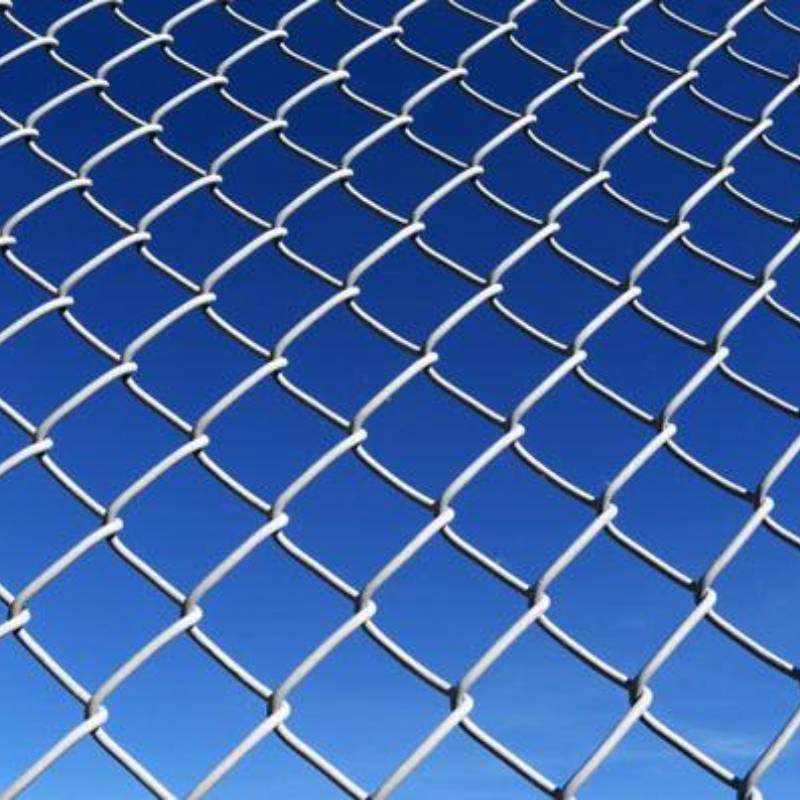
- Mobile Phone
- +8613931874955
- sales@cntcmetal.com
plastering corners with beading
Plastering Corners with Beading A Guide for Beginners
Plastering corners can be one of the most challenging tasks in drywall finishing. Achieving a clean, smooth corner not only requires skill and technique but also the right materials. One of the most effective methods for creating perfect corners is by using beading. In this article, we will explore what beading is, the types available, and a step-by-step guide on how to plaster corners effectively using this technique.
Understanding Beading
Beading refers to the use of pre-formed strips of material—typically made from metal or plastic—that are used to create sharp, defined corners when plastering or drywalling. They act as a guide and protect the edges of the drywall, preventing damage and ensuring that the corners are straight and even. There are various types of beading, including corner beads, bullnose beads, and casing beads, each designed for specific applications. Corner beads are generally the most common, used for traditional 90-degree interior angles.
Types of Beading
1. Metal Corner Bead This is the most common type, often made of galvanized steel or aluminum. Metal corner beads are durable and provide excellent protection against knocks and dings. 2. Plastic Corner Bead A lighter alternative to metal, plastic corner beads are resistant to moisture and rust, making them suitable for wet areas like bathrooms.
3. Bullnose Corner Bead This type features a rounded edge instead of a traditional sharp corner. It provides a softer aesthetic and is often used in modern designs.
4. Flexible Corner Bead Ideal for curved or irregular corners, this type can bend to fit various angles, providing a seamless look.
Tools and Materials Needed
Before diving into plastering with beading, you need to gather the right tools and materials
- Corner bead (metal, plastic, or bullnose) - Joint compound - Drywall tape - Drywall knife (various sizes) - Utility knife - Trowel - Measuring tape - Level
Step-by-Step Guide to Plastering Corners with Beading
Step 1 Measure and Cut the Corner Bead
plastering corners with beading

Begin by measuring the length of the corner where you will be installing the bead
. Use a utility knife to cut the corner bead to the appropriate length. Ensure that the cut is clean and straight for easy application.Step 2 Attach the Corner Bead
Position the corner bead so that it aligns perfectly with the edge of the drywall. Use a level to ensure it is straight. Secure the bead to the drywall using drywall screws or adhesive, making sure that it is flush with the surface. For metal beads, use screws every 8 to 10 inches. For plastic beading, adhesive may suffice, but check manufacturer instructions.
Step 3 Apply Joint Compound
Once the corner bead is firmly attached, it’s time to apply joint compound. Using a drywall knife, spread a thin layer of joint compound over the corner bead, feathering it out onto the surrounding wall. Make sure to cover the edges of the bead completely, achieving a smooth transition from the bead to the wall.
Step 4 Tape the Joint
While the joint compound is still wet, apply drywall tape over the seam where the bead meets the drywall. Use the knife to press the tape into the compound, smoothing it out to eliminate air bubbles. Ensure that the tape is adequately embedded in the compound.
Step 5 Apply Additional Coats
Allow the first coat of joint compound to dry completely, which may take several hours or overnight. After drying, lightly sand the area to smooth out any imperfections. Apply a second coat of joint compound, wider than the first, and feather it out even further. Repeat the drying and sanding process as necessary, typically two to three coats will be sufficient.
Step 6 Final Sanding and Finishing
Once the final coat is dry, perform a final sanding to ensure a perfectly smooth surface. You can then paint or finish the corner as desired, leaving you with a professional-looking, durable result.
Conclusion
Plastering corners with beading may seem daunting at first, but with the right tools, materials, and technique, you can achieve beautiful, professional-quality results. Whether you choose metal, plastic, or bullnose beading, mastering this technique will enhance the overall appearance and durability of your drywall project. Happy plastering!
share:
-
Why Sacrificial Formwork Is Redefining Underground ConstructionNewsJun.06,2025
-
The Structural Dynamics of Modern Concrete: How Snake Spacers Revolutionize Flexible ReinforcementNewsJun.06,2025
-
Snake Spacers Smart-Lock Concrete Reinforcement with Surgical PrecisionNewsJun.06,2025
-
Snake Spacers: Reinforcement Precision for Modern Concrete ProjectsNewsJun.06,2025
-
Snake Spacers Powering Concrete's Structural DNANewsJun.06,2025
-
Slither into Success: Snake Spacers' Precision Bite for Unbreakable ReinforcementNewsJun.06,2025
-
Sacrificial Formwork: Building Stronger, Faster, and Safer StructuresNewsJun.06,2025



















